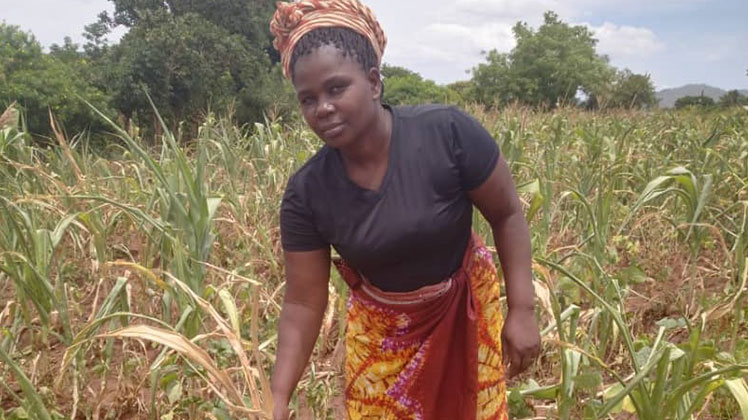Why Kyoto Protocol matters to developing countries
The Kyoto Protocol is an agreement to the United Nations Framework Convention on Climate Change (UNFCCC), aimed at fighting global warming.
The UNFCCC is an international environmental treaty with the goal of achieving stabilisation of greenhouse gas concentrations in the atmosphere at a level that would prevent dangerous effects on the environment.
The protocol was initially adopted on December 11 1997 in Kyoto, Japan, and entered into force on 16 February 2005.
Principal meteorlogical officer in Malawi’s Department of Climate Change and Meteorogical Services, Lucy Ntilatila, says the major feature of the Kyoto Protocol is that it sets binding targets for 37 industrialised countries and the European community for reducing greenhouse gas (GHG) emissions which are fuelling global warming, posing a hazard to the environment.
“The Kyoto Protocol is also designed to help countries in adapting to the adverse effects of climate change. It facilitates the development and deployment of techniques that can help increase resilience to the impacts of climate change,†she says.
Currently, it is estimated that if carbon dioxide emissions are halved by 2050, global warming can be stabilised below two degrees, making the world a better and safer place to cultivate and live.
Over 100 countries have adopted this 2°C target and are advocating for other countries to legally bind themselves to the KP. But should this fail, developing countries will be in dire need as they have little or no mechanisms to adapt to such conditions.
In a report that the Malawi Government presented at the COP 17, the country has for the last two decades experienced a variety of climate change hazards, including intense rainfall, floods, seasonal droughts, multi-year droughts, dry and cold spells, among others.
According to Ntilatila, a key focus of this work is ensuring that resilience strategies are a more integral part of agricultural research, development, planning, training, capacity building and implementation in African countries.
“This, in turn, strengthens the resilience of smallholder farmers to climate variability and change, giving current investments in improving African agriculture a greater impact over the long term,†she adds.
The Population Action International Report of 2010 observes that over 1.5 billion people are on the verge of a climate-driven food crisis and unless tackled now, another 50 million people could be at risk of hunger by 2020.
If rich countries do not radically curb their carbon emissions by 2020, the climate crisis that ensues could dwarf our ability to respond, Population Action International observes.





